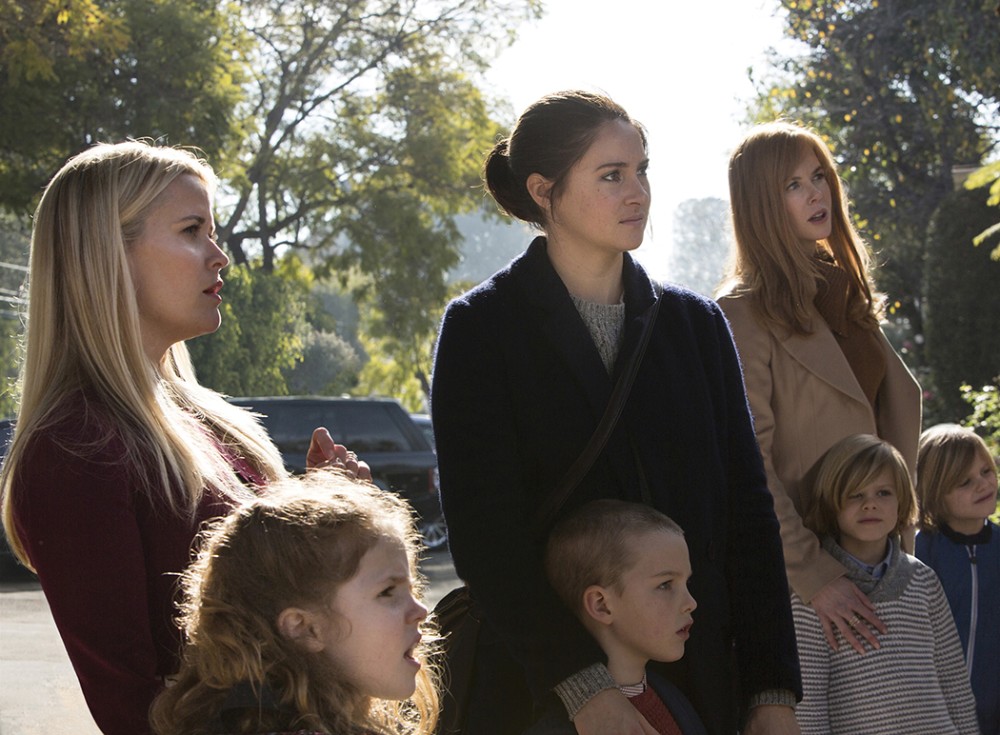Red-state noir, blue-state noir
In both S-Town and Big Little Lies, there’s human depravity everywhere.

Every spring I reread the works of Raymond Chandler and Dashiell Hammett. As the sun starts breaking through the interminable gray northeastern skies, my mind turns to gimlets and the bleakness of human nature.
Masters of early detective noir, Chandler and Hammett knew that the only real mystery was the inscrutable human will. Murder, embezzlement, pornography rings, and adultery lead us into the much wilder terrain of human intention.
Noir has always appealed to me because it is so unsentimental about human nature. Both writers suggest that even the most respectable societies are built on a substratum of corruption. In their fiction, this is personified by mob families, gin runners, corrupt police, and sex rackets. Nothing and no one is immune to the corrupting influences of money and power, and nearly everyone succumbs.





